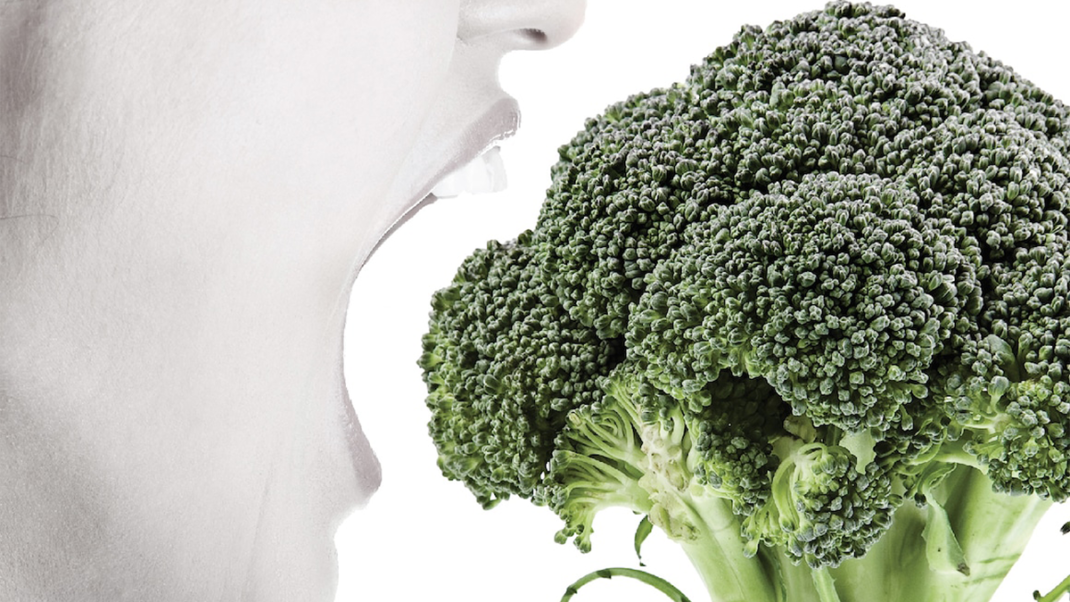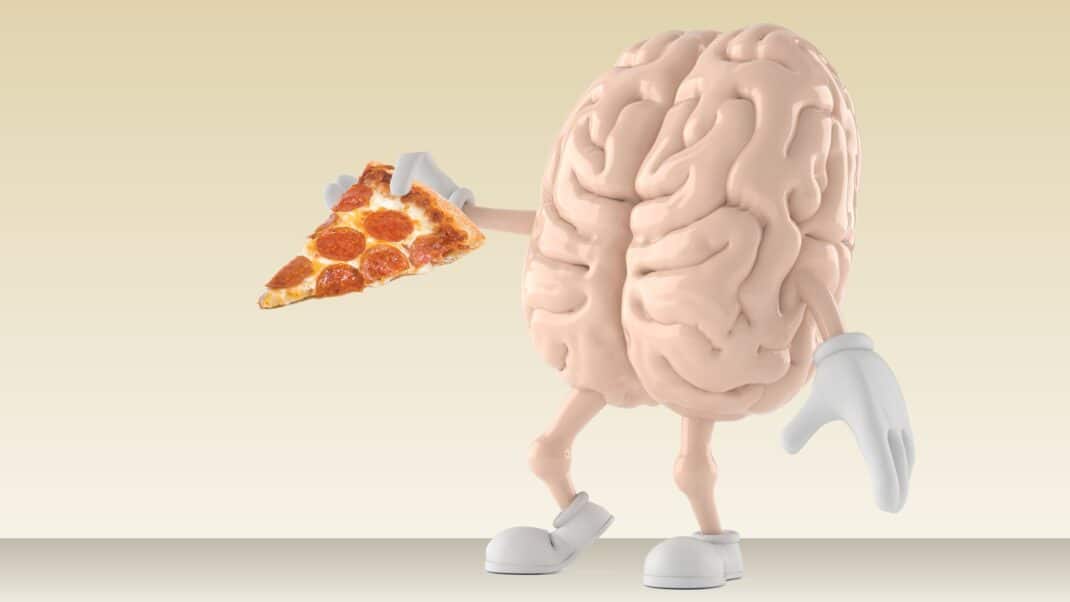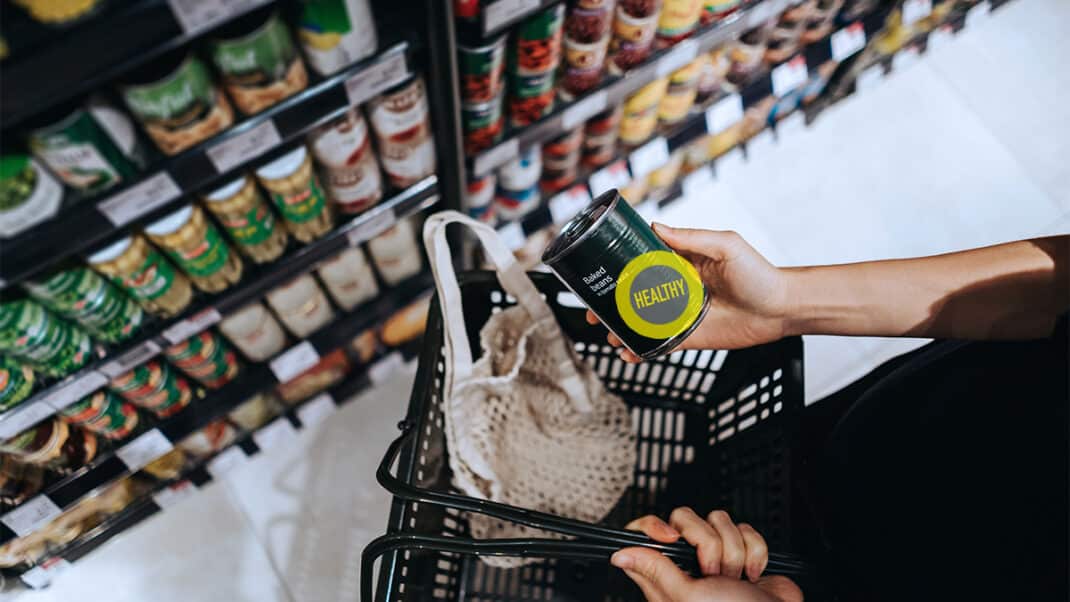More Potassium may be the Key to Scaling Down Blood Pressure Numbers

A mathematical model study suggests extra potassium could help offset the sodium we eat.
High blood pressure (hypertension) is a leading cause of coronary heart disease and stroke and may also contribute to other afflictions like chronic kidney disease and dementia. And usually, when someone is trying to lower their blood pressure numbers, they are advised to eat less salt. However, new research from the University of Waterloo, Ontario, suggests increasing the ratio of dietary potassium to sodium may be more effective for lowering blood pressure than simply slashing sodium intake. American diets tend to be much higher in sodium and lower in potassium. The study, published in American Journal of Physiology-Renal Physiology, used a mathematical to demonstrate that the ratio of potassium to sodium intake is key to regulating blood pressure. Possible mechanisms can involve changes in renal function, fluid volume and the autonomic nervous system. Men appear to develop high blood pressure more easily than pre-menopausal women, but men are also more likely to respond positively to an increased ratio of potassium to sodium. We can ramp up our potassium intake by including more of these foods in our diets:
- Bananas
- Leafy Greens
- Avocados
- Potatoes
- Salmon
- Beets
- Broccoli
- Sweet Potato
- Yogurt
- Beans
References
https://journals.physiology.org/doi/full/10.1152/ajprenal.00222.2024
Matthew Kadey, MS, RD
Matthew Kadey, MS, RD, is a James Beard Award–winning food journalist, dietitian and author of the cookbook Rocket Fuel: Power-Packed Food for Sport + Adventure (VeloPress 2016). He has written for dozens of magazines, including Runner’s World, Men’s Health, Shape, Men’s Fitness and Muscle and Fitness.




